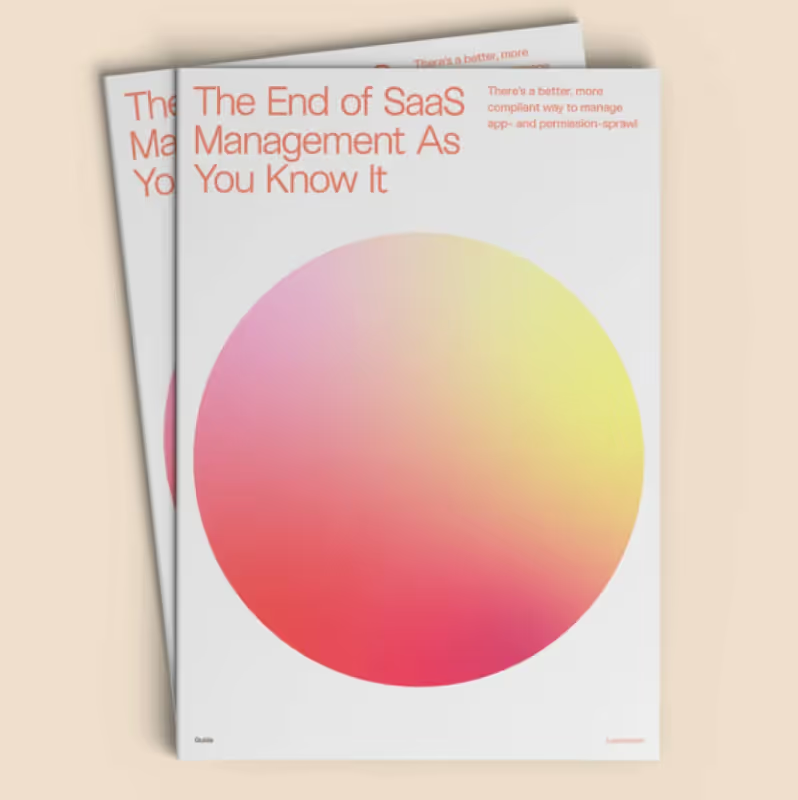SaaS Management: The APPocalypse is Upon Us
Get the Insider’s guide on how SaaS management is changing
With an average of over 100 SaaS apps in use by employees, IT teams can be completely overwhelmed. Given that the majority of apps are not even managed by IT, it’s no wonder companies are 490% more likely to experience a security breach by the end of 2021.
Download “The End of SaaS Management As You Know IT” to learn about critical changes in the industry and what you can do to better protect your IT team and company.

